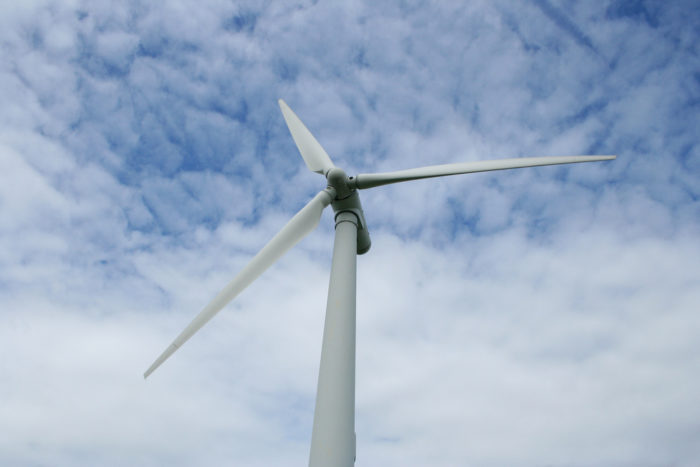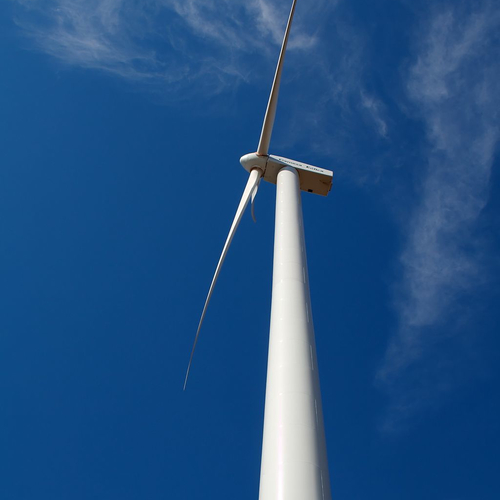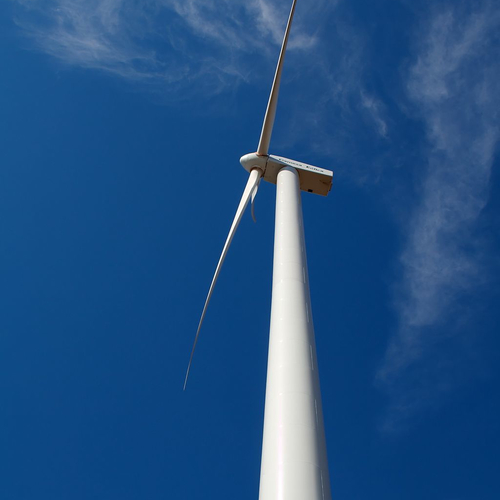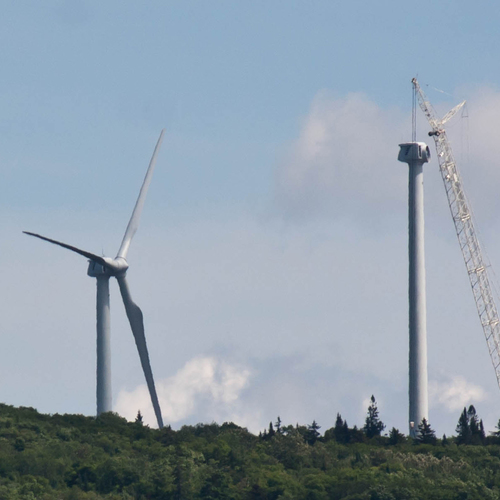
Image Credit: Richard Allaway via Flickr
The adoption of new rules limiting noise from wind turbines was intended to meet the requirements of legislation passed last year, but neither side seems especially happy with the outcome.
Wind advocates think the new regulations are too strict and complained they will make it tough for Vermont to meet a goal of getting 90% of its energy from renewable sources by 2050, The Associated Press reported. Opponents said turbines will still be too noisy.
The Public Utilities Commission (PUC) created three categories for wind farms depending on total capacity, according to a news release issued in the wake of the Nov. 7 ruling. For small (up to 50 kilowatts) and medium (50 to 150 kW) facilities, the noise limit is 42 decibels when measured 100 feet from nearby houses. For big wind farms (greater than 150 kW), the limit is 42 decibels during the day but 39 at night.
Wind developers will be required to estimate noise levels when they file applications for building permits, and large projects will be subject to monitoring once they are in operation. Nearby residents can opt out if they choose, essentially giving wind farm operators permission to exceed the limits at their properties.
The PUC said the new rules are an attempt “to protect neighbors’ interests while preserving the opportunity to develop wind projects as part of Vermont’s renewable energy goals.” The rules take effect Nov. 22 and will apply to new projects, not any existing or pending facilities.
Neighboring Maine, with the most wind capacity in New England, lowered allowable nighttime sound from turbines from 45 decibels to 42 decibels in 2012.
Unpopular on both sides
Wind turbines, especially utility-sized wind farms, are contentious no matter where they are built. While wind advocates — including former Vermont Gov. Peter Shumlin — see wind as an obvious way to slow climate change, critics deplore the environmental toll the projects take on pristine mountain peaks. Noise complaints from nearby homes are a common theme, although scientific studies have not linked turbine noise to any particular health problems.
Annette Smith, who heads Vermonters for a Clean Environment, said the PUC hasn’t done enough to limit noise. “The wind noise rule as … approved is not going to protect Vermonters from the harm that we have already experienced from industrial wind turbines,” she told the AP.
But Austin Davis of Renewable Energy Vermont said the rules will have a “chilling effect” on the development of wind energy in the state. “However,” he added, “that doesn’t do away with the fact that wind energy currently is the cheapest renewable energy available to New England.”
Chris Recchia, a consultant and former utility regulator under Shumlin, said the new standards are feasible, but the industry would have to develop new technology in order for turbines to run at full capacity and still meet the 39-decibel limit for nighttime operation.
“I don’t think this is a veto of wind in Vermont,” Recchia told the AP. “I think it’s a challenge.”
The American Wind Energy Association, an industry trade group, lists eight wind farms in Vermont. The largest is the 63 megawatt Kingdom Community Wind project in Orleans County in the northern part of the state. It has a total of 21 turbines. An 82.8 megawatt project proposed for the southern Vermont communities of Windham and Grafton was defeated at the polls last year. It would have included 24 turbines, each nearly 500 feet tall, The New York Times said.
The developer of that project, Spanish energy giant Iberdrola Renewables, had offered to pay a total of $565,000 a year to the 815 registered voters in those towns in an effort to sweeten the pot before the vote. But residents didn’t nibble.
Weekly Newsletter
Get building science and energy efficiency advice, plus special offers, in your inbox.















0 Comments
Log in or create an account to post a comment.
Sign up Log in